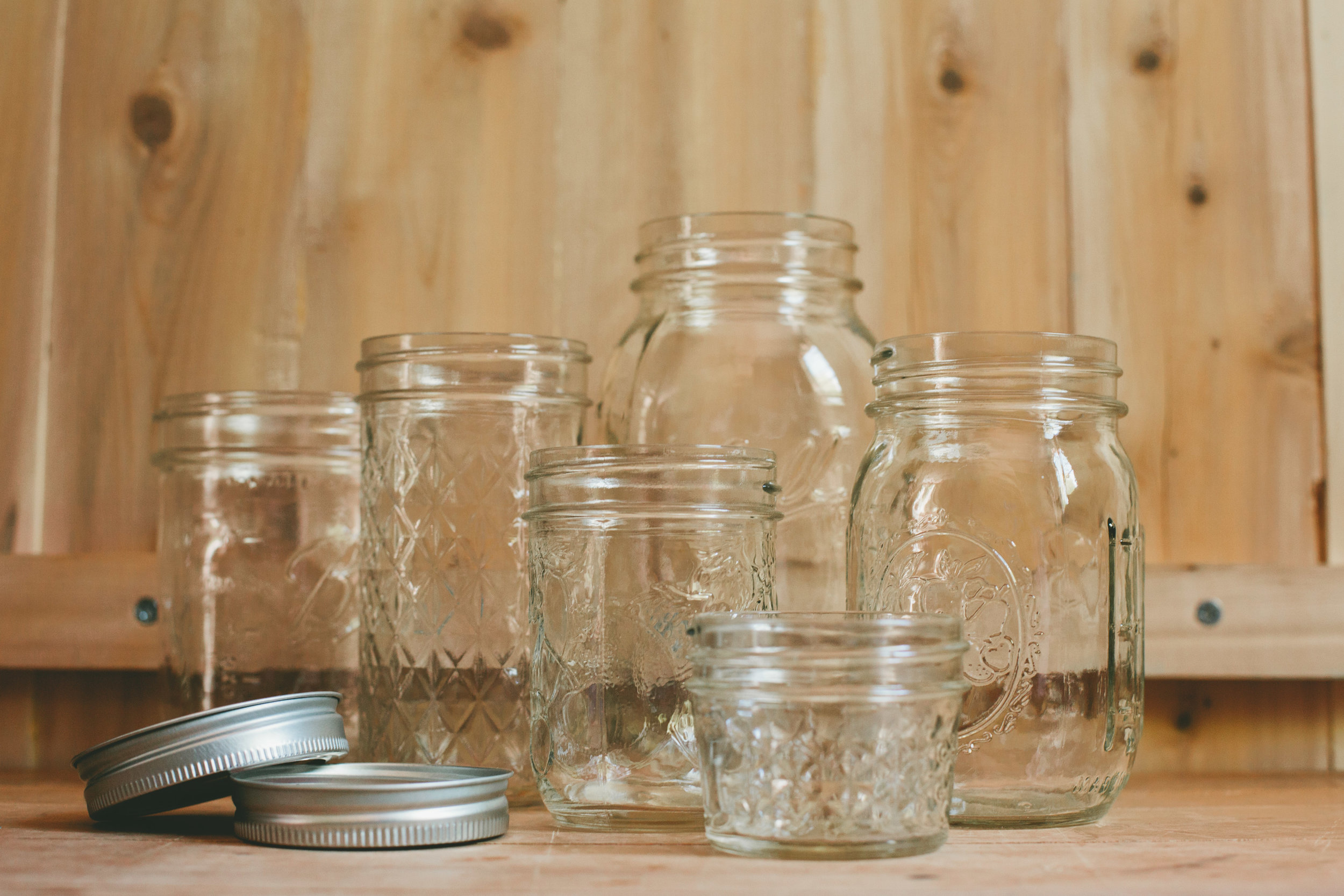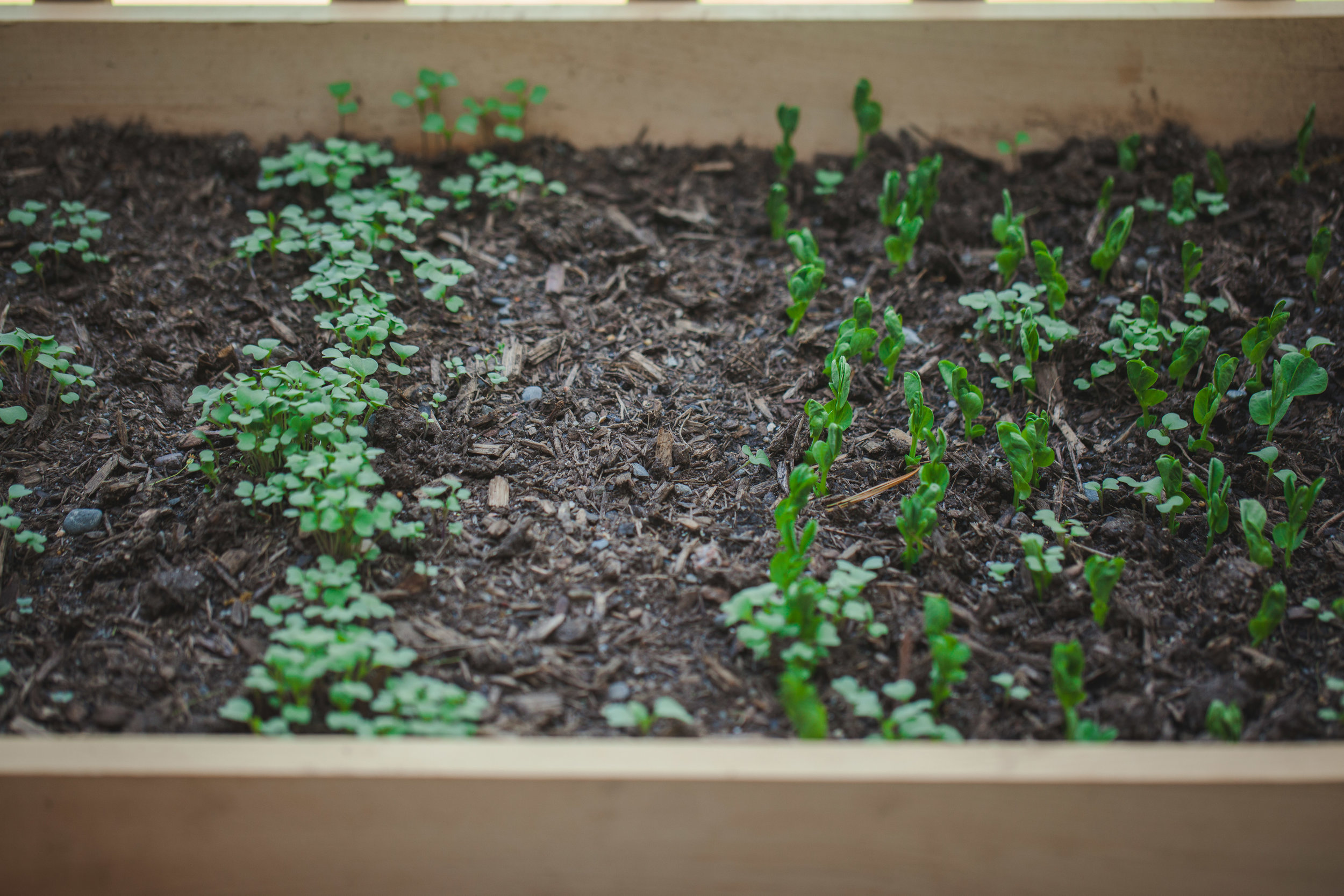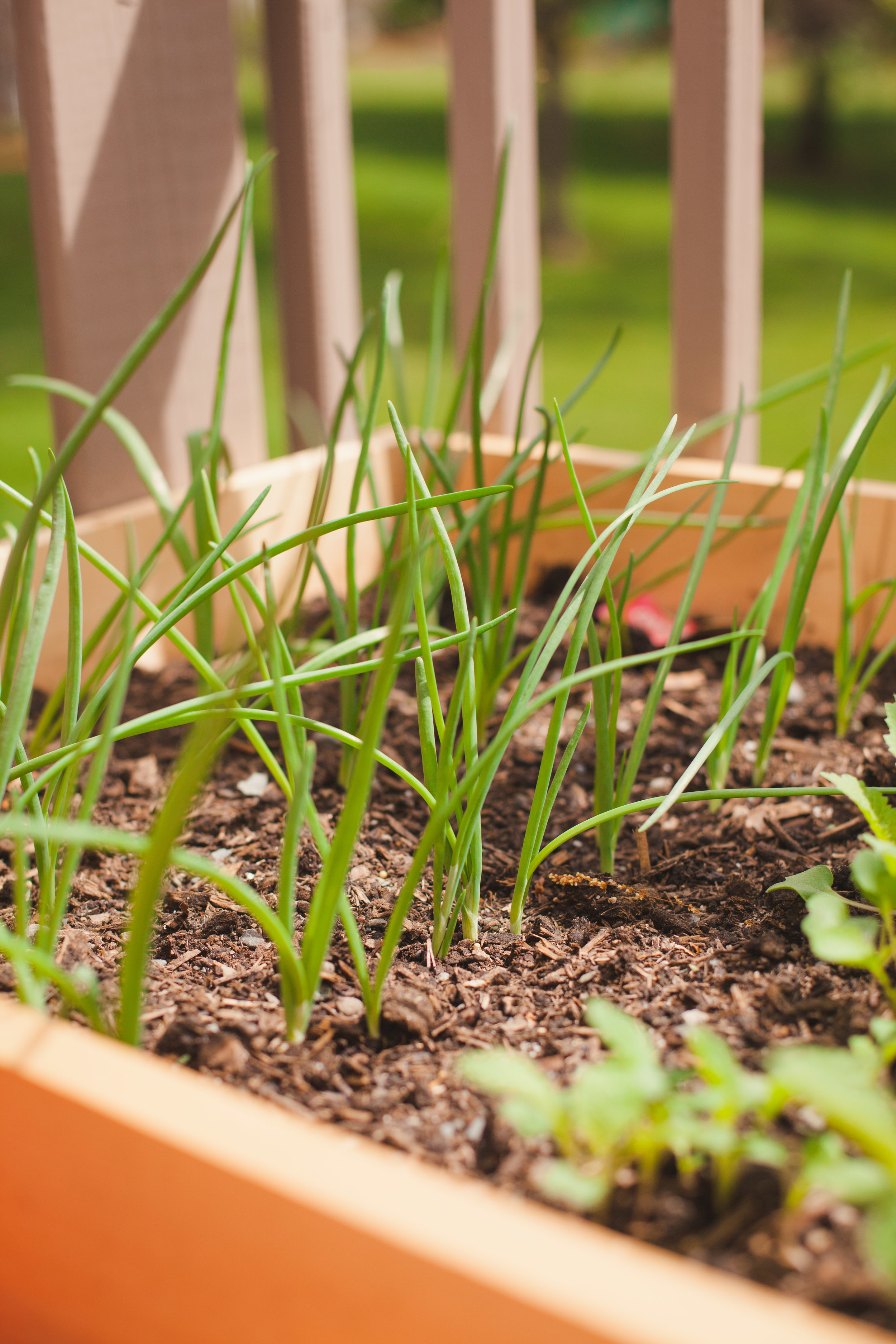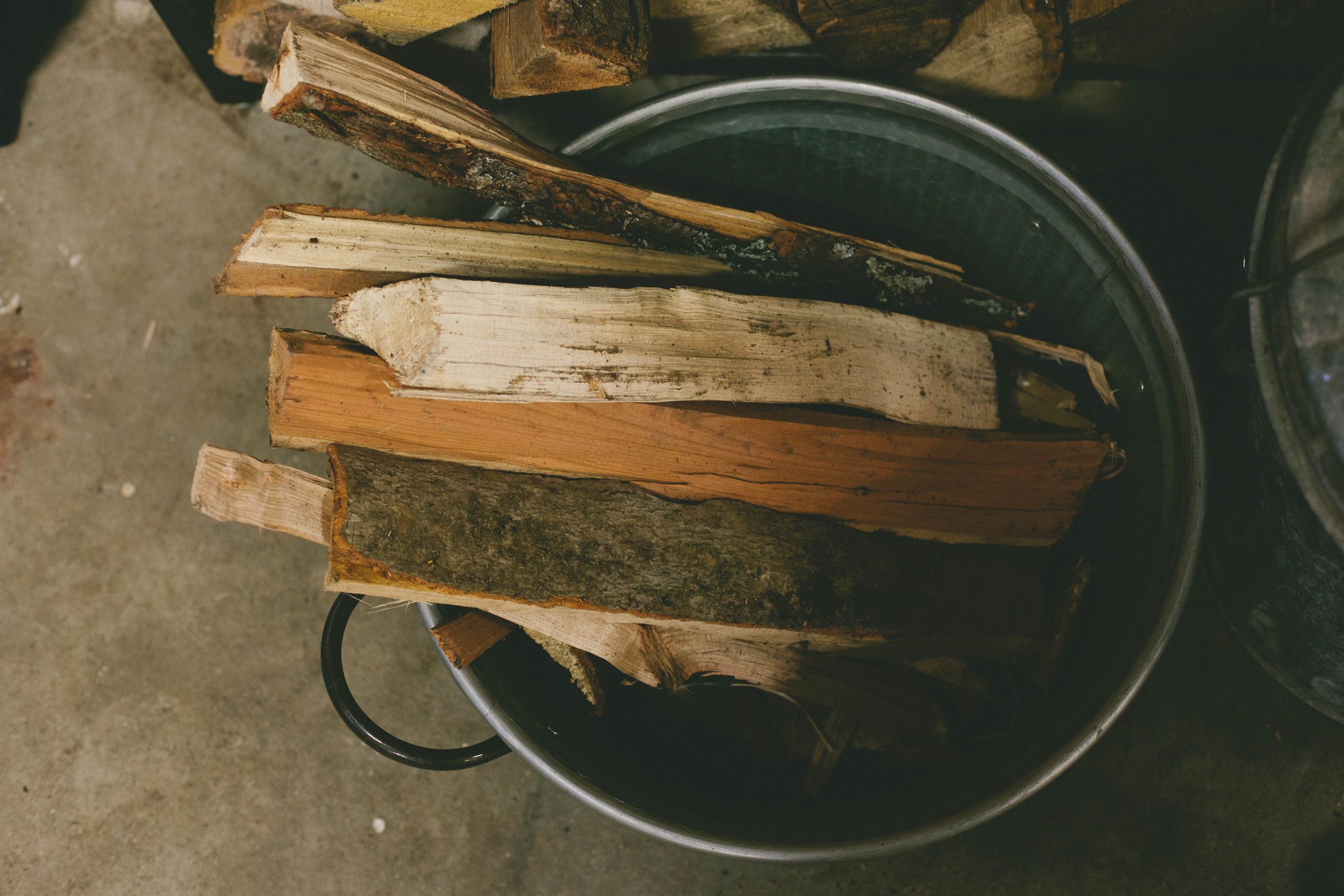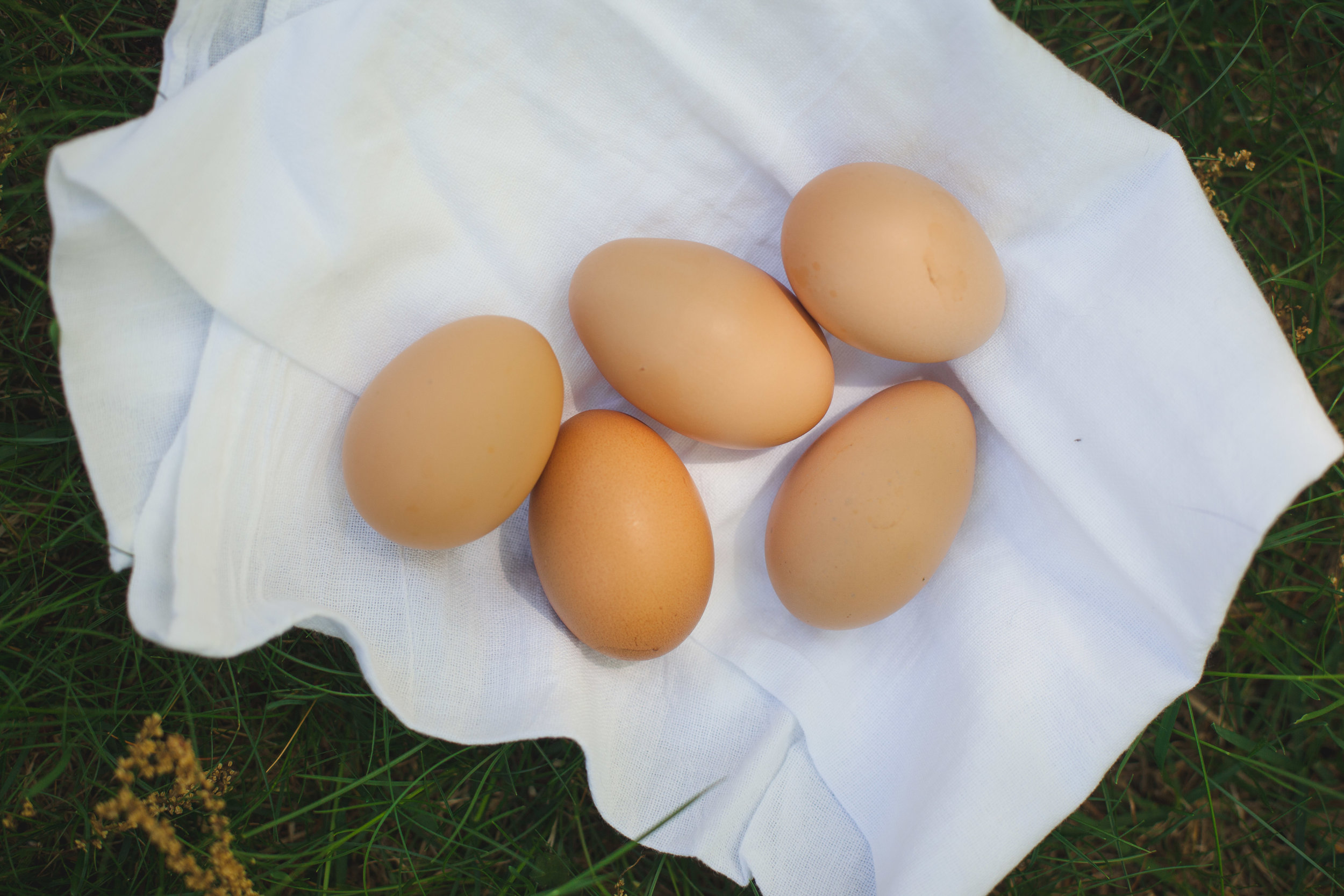A Homesteading Manifesto
A Homesteading Manifesto
Manifesto by Corrin Meise-Munns
The current interest in and trend toward “good” or “slow” food, and the back-to-the-land movement that necessarily lies at its core, is related to a larger desire to define or reclaim life as a whole. The food movement and its sister do-it-yourself ethos are reactions to modern society’s pre-packaged, service oriented landscape of a highly specialized and lowly skilled population. Many of us have lost the ability to truly feed ourselves (relying on the convenience of microwave dinners and individually wrapped slices of cheese) and the ability to fix or make our own tools (necessitating expensive yet minor car repairs, or the buying of anything from new electronics to pairs of shoes when the old one conks out or develops a hole). This lack of general and basic life-knowledge wears on our wallets and our survival skills, certainly, but also on our understanding of ourselves as individual, self-sufficient living organisms, capable of creating all that we need for our own happiness and survival.
This new attitude toward survival and convenience as something to be
bought and used, not made and nurtured, has directly affected our concepts of food and lifestyle, which in turn have affected our homes—by which I mean not only our physical places of habitation, but also the lifestyles, events, activities, and philosophies that enliven them—which have become ready-made, prefabricated, to fit a certain theme or motif, or altogether neglected. Very often, for the younger, mobile generation, apartments serve only as liminal places for sleeping, bathing, and grabbing a quick bite before running off again to another class, work, meeting of friends, “going out.”
Our lives are increasingly becoming less stable, and we move from apartment to apartment as we move from school to career, profession to profession. For the more established among us, the goal is to fill our houses with the convenient and acceptably stylish furniture that we think is expected of us — nice enough couches, the usual appliances, some entertainment units, a serviceable bed.
For those who are willing, able, and inclined to pay attention to personalizing their houses’ aesthetics, there are many national magazines dedicated to decorating and hosting. These magazines, while useful in their ways, address only the visual aesthetic and superficial side of the home, and remain unable to touch the intrinsic and inherently personal nature and philosophy of the individual home. Each home, whether a temporary apartment or a permanent house, has its personality, governed and curated by its history and inhabitants. Each home has its numen.
It is this individuality for which we advocate and hope to encourage.
We are missing a sense of place, a purpose and drive within our own non-professional lives. Our homes as houses for our bodies are metaphors for our bodies as houses for our spirits. By tending to one, we tend to another. And by caring for beautiful, happy homes, we come to care about our neighborhoods, interacting locally with friends, keeping streets clean, inviting unfamiliar neighbors to become intimate friends—cultivating community by cultivating our homes.
Homesteading attempts to address both the home-made aesthetic and the side of home (physical structure, mode of living) that cannot be seen, but only cultivated and curated; that feeling of the home and the search for a well-crafted life full of meaningful labor. An idea of home not only as a sleeping and eating place, a place to be visually perfected and envied, but as an extension of ourselves and a comfortable asylum that remains human-sized and manageable. This is work dedicated to the process, not only to the results. With the hope of building a better life through a better home, we work, struggle, learn, and feast.
